Residence Cambridge, England Role Author Name Aubrey Grey | Parent(s) Cordelia de Grey Nationality British | |
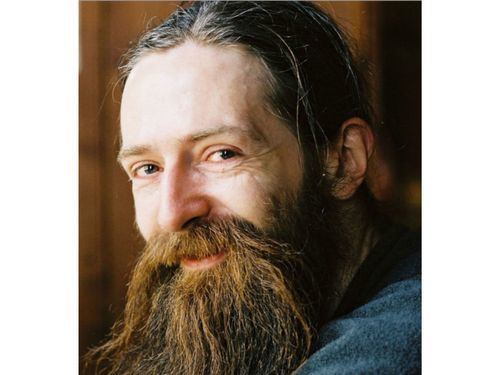 | ||
Born 20 April 1963 (age 62) ( 1963-04-20 ) London, England Occupation Chief science officer of the SENS Research Foundation, member of Flooved advisory Board, adjunct professor at the Moscow Institute of Physics and Technology Education University of Cambridge (2000) Similar People Ray Kurzweil, David Gobel, Kevin Warwick | ||
Aubrey de grey interview ending aging
Aubrey David Nicholas Jasper de Grey (; born 20 April 1963) is an English author and biomedical gerontologist, currently the Chief Science Officer of the SENS Research Foundation. He is editor-in-chief of the academic journal Rejuvenation Research, author of The Mitochondrial Free Radical Theory of Aging (1999) and co-author of Ending Aging (2007). He is known for his view that medical technology may enable human beings alive today to live indefinitely.
Contents
- Aubrey de grey interview ending aging
- Dr Aubrey de Grey Anti Aging QA
- Early life and education
- Career
- Strategies
- Pro aging trance
- Funding of SENS Research Foundation
- The seven types of aging damage
- Cryonics
- AgeX Therapeutics Inc
- Technology Review debate
- EMBO Reports
- References
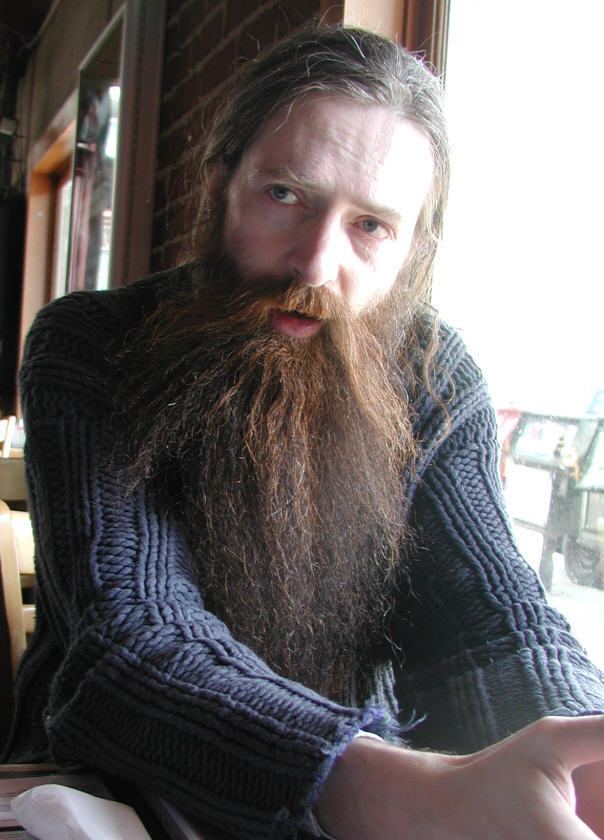
De Grey's research focuses on whether regenerative medicine can prevent the aging process. He works on the development of what he calls "Strategies for Engineered Negligible Senescence" (SENS), a collection of proposed techniques to rejuvenate the human body and stop aging. To this end, he has identified seven types of molecular and cellular damage caused by essential metabolic processes. SENS is a proposed panel of therapies designed to repair this damage.
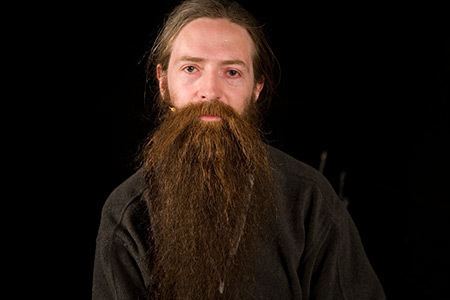
De Grey is an international adjunct professor of the Moscow Institute of Physics and Technology, a fellow of the Gerontological Society of America, the American Aging Association, and the Institute for Ethics and Emerging Technologies. He has been interviewed in recent years in a number of news sources, including CBS 60 Minutes, the BBC, The New York Times, Fortune Magazine, The Washington Post, TED, Popular Science, The Colbert Report, Time and the Skeptics' Guide to the Universe. He is also a member of Flooved advisory board.
Dr. Aubrey de Grey Anti-Aging Q&A
Early life and education
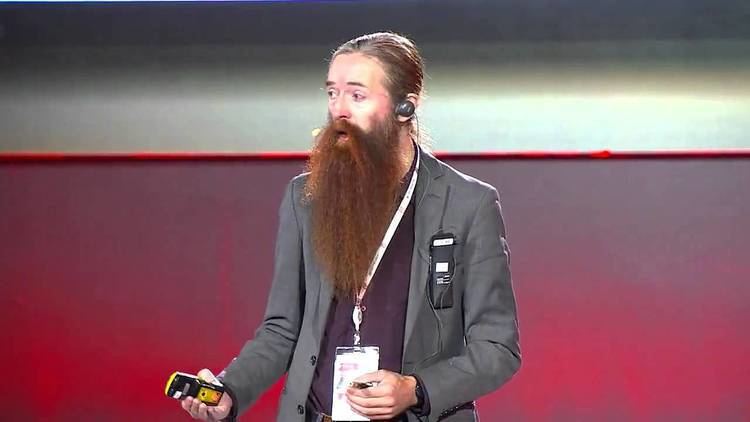
De Grey was born and brought up in London, England. He told The Observer that he never knew his father, and that his mother Cordelia, an artist, encouraged him in the areas she herself was the weakest: science and mathematics. He was educated at Sussex House School and Harrow School. He attended the University of Cambridge, and studied at its constituent college of Trinity Hall. He graduated with a BA in computer science in 1985.
Career
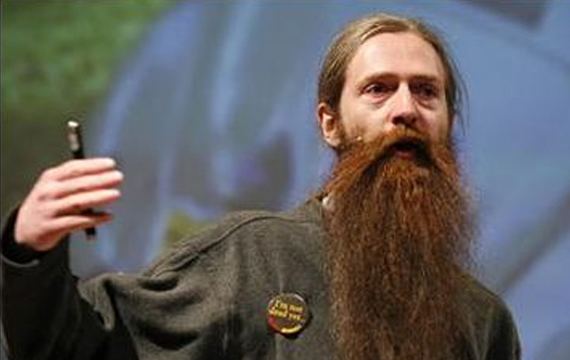
After graduation in 1985, de Grey joined Sinclair Research Ltd as an artificial intelligence and software engineer. In 1986, he cofounded Man-Made Minions Ltd to pursue the development of an automated formal program verifier. He met his wife, fruit fly geneticist Adelaide Carpenter, at a graduate party in Cambridge. Through her he was introduced to the intersection of biology and programming when her boss needed someone who knew about computers and biology to take over the running of a database on fruit flies. He educated himself in biology by reading journals and textbooks, attending conferences, and being tutored by his wife. From 1992 to 2006, he was in charge of software development at the university's Genetics Department for the FlyBase genetic database.
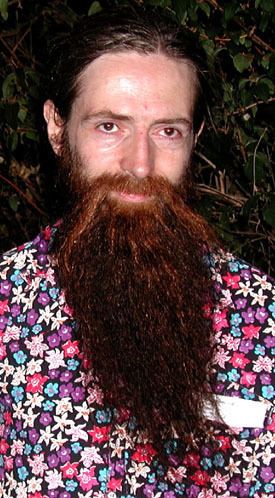
Cambridge awarded de Grey a PhD in biology on 9 December 2000. The degree was based on his 1999 book The Mitochondrial Free Radical Theory of Aging, in which de Grey wrote that obviating damage to mitochondrial DNA might by itself extend lifespan significantly, though he said it was more likely that cumulative damage to mitochondria is a significant cause of senescence, but not the single dominant cause.
Strategies
De Grey argues that most of the fundamental knowledge needed to develop effective anti-aging medicine already exists, and that the science is ahead of the funding. He works to identify and promote specific technological approaches to the reversal of various aspects of aging, or, as de Grey puts it, "... the set of accumulated side effects from metabolism that eventually kills us."
As of 2005, his work centered on a detailed plan called Strategies for Engineered Negligible Senescence (SENS), which is aimed at preventing age-related physical and cognitive decline. In March 2009, he cofounded the SENS Research Foundation (named SENS Foundation until early 2013), a non-profit organisation based in California, United States, where he currently serves as Chief Science Officer. The Foundation "works to develop, promote and ensure widespread access to Regenerative medicine solutions to the disabilities and diseases of aging," focusing on the Strategies for Engineered Negligible Senescence. Before March 2009, the SENS research program was mainly pursued by the Methuselah Foundation, cofounded by de Grey.
A major activity of the Methuselah Foundation is the Methuselah Mouse Prize, a prize designed to incentivize research into effective life extension interventions by awarding monetary prizes to researchers who stretch the lifespan of mice to unprecedented lengths. De Grey stated in March 2005 "if we are to bring about real regenerative therapies that will benefit not just future generations, but those of us who are alive today, we must encourage scientists to work on the problem of aging." The prize reached 4.2 USD million in February 2007.
In 2005, he was the subject of two highly critical editorials accompanying an article in MIT Technology Review.
In 2007, de Grey wrote the book Ending Aging with the assistance of Michael Rae. It provides a detailed account of the science, politics and social challenges of the entire SENS agenda.
In a 2008 broadcast on the Arte German & French TV, de Grey claimed that the first human to live 1,000 years was probably already alive, and might even be between 50 and 60 years old already.
Since 2008, soon after he began speaking publicly about his gerontological theories, de Grey has been scientific advisor for the Campaign for Aging Research (C.A.R.).
As of 2013, the SENS Research Foundation has an annual budget of $4 million.
Pro-aging trance
The "pro-aging trance" is a term coined by Grey to describe "the impulsion to leap to embarrassingly unjustified conclusions in order to put the horror of aging out of one's mind". According to de Grey, the pro-aging trance or "pro-aging edifice" is a psychological strategy which people use to cope with aging, and which is rooted in the belief that aging is not only immutable and unavoidable, but desirable in some sense, as part of the natural or divine order that should not be perturbed. De Grey refers, in this regard, to the general public's ambivalence towards aging. For example, he states that SENS research is often misunderstood or misrepresented as likely to lead to prolonging, rather than postponing, the period of decrepitude characteristic of old age — a belief that de Grey calls the "Tithonus error", in reference to the myth of Tithonus. He describes this "pro-aging" stance as a rational response to the perceived inevitability of aging; compare related ideas and experimental findings in terror management theory. However, de Grey believes that defeating aging is feasible and that the pro-aging trance represents a huge barrier to combating aging.
Funding of SENS Research Foundation
In 2011, de Grey inherited roughly $16.5 million on the death of his mother. Of this he assigned $13 million to fund SENS research, which by 2013 had the effect of roughly doubling the SENS Research Foundation's yearly budget to $4 million. Other donors who have given millions to the Foundation include investor Peter Thiel. The foundation also has yearly funding drives that have been successful with some significant donors offering matching grants for members of the public who donate.
The seven types of aging damage
De Grey proposed the following types of aging damage:
- Mutations – in chromosomes causing cancer due to nuclear mutations/epimutations:
- Mutations – in mitochondria:
- Junk – inside of cells, aka intracellular aggregates:
- Junk – outside of cells, aka extracellular aggregates:
- Cells – too few, aka cellular loss:
- Cells – too many, aka cellular senescence:
- Extracellular protein crosslinks:
Cryonics
De Grey is also a cryonicist, having signed up with Alcor. He has supported and advocated human cryopreservation, for example by signing an open letter to support research into cryonics, and by being an advisor to a UK cryonics and cryopreservation advocacy group.
AgeX Therapeutics, Inc.
As of September 2017 de Grey is Vice President of New Technology Discovery at AgeX Therapeutics, Inc., a subsidiary of BioTime, Inc.
Technology Review debate
In 2005, MIT Technology Review, in cooperation with the Methuselah Foundation, announced a $20,000 prize for any molecular biologist who could demonstrate that SENS was "so wrong that it is unworthy of learned debate." The judges of the challenge were Rodney Brooks, Anita Goel, Vikram Sheel Kumar, Nathan Myhrvold, and Craig Venter. Five submissions were made, of which three met the terms of the challenge. De Grey wrote a rebuttal to each submission, and the challengers wrote responses to each rebuttal. The judges concluded that none of the challengers had disproved SENS, but the magazine opined that one of the rebuttals had been particularly eloquent and well written, and awarded the contestant $10,000. The judges also noted "the proponents of SENS have not made a compelling case for SENS," and wrote that many of its proposals could not be verified with the current level of scientific knowledge and technology, concluding that "SENS does not compel the assent of many knowledgeable scientists; but neither is it demonstrably wrong." The critics single out three proposed therapies for criticism: somatic telomerase deletion, somatic mitochondrial genome engineering, and the use of transgenic microbial hydrolase.
EMBO Reports
An article about SENS published in the viewpoint section of EMBO Reports by 28 scientists concluded that none of de Grey's therapies "has ever been shown to extend the lifespan of any organism, let alone humans". The SENS Research Foundation, of which de Grey was a cofounder, seems to agree with the EMBO Report as it states, "If you want to reverse the damage of aging right now I'm afraid the simple answer is, you can't." Nonetheless, de Grey argues that this reveals a serious gap in understanding between basic scientists and technologists and between biologists studying aging and those studying regenerative medicine. The 25-member Research Advisory Board of his own SENS Research Foundation have signed an endorsement of the plausibility of the SENS approach.
